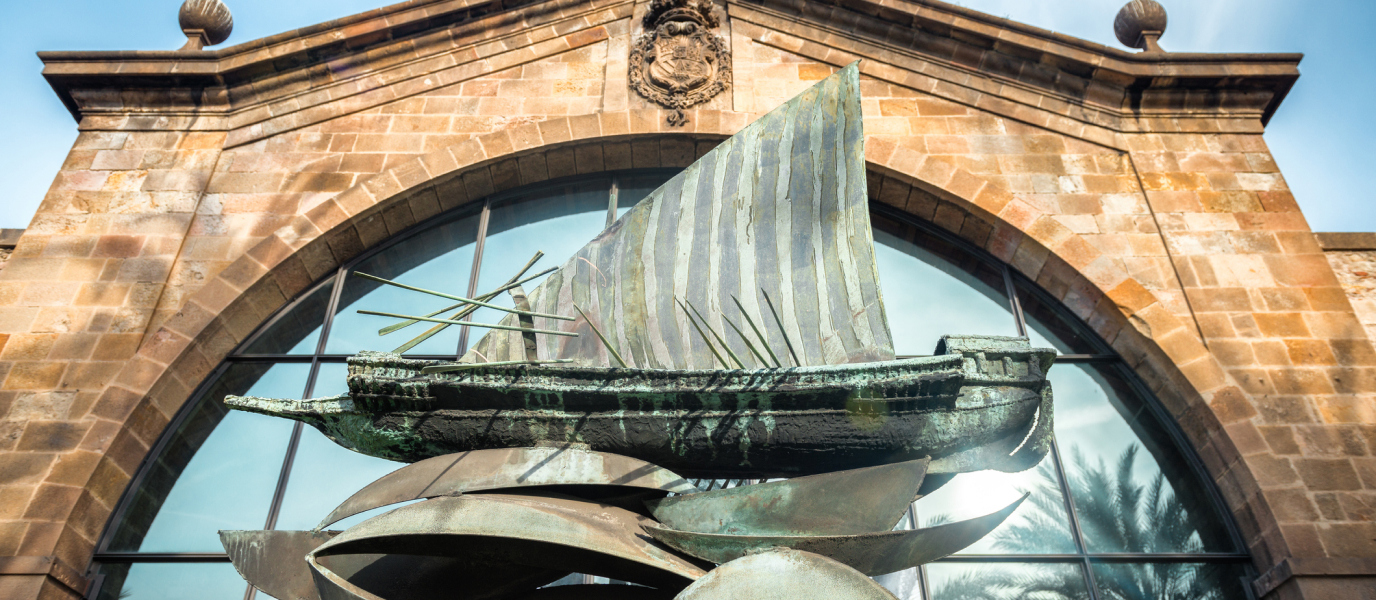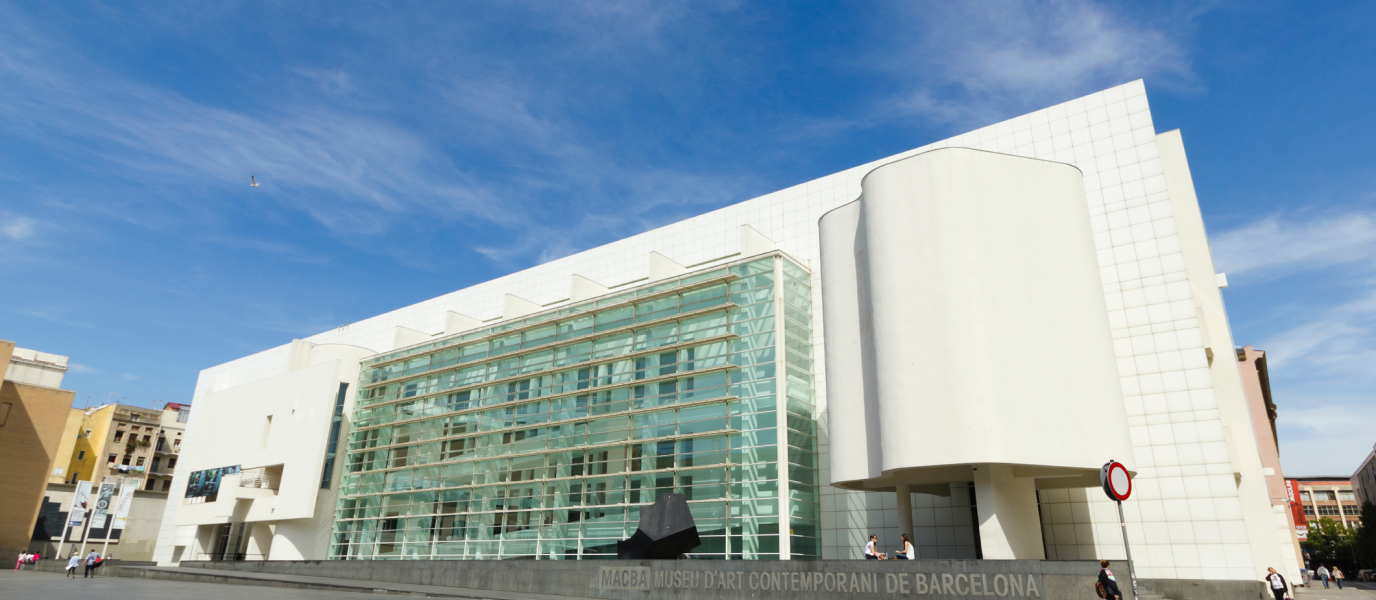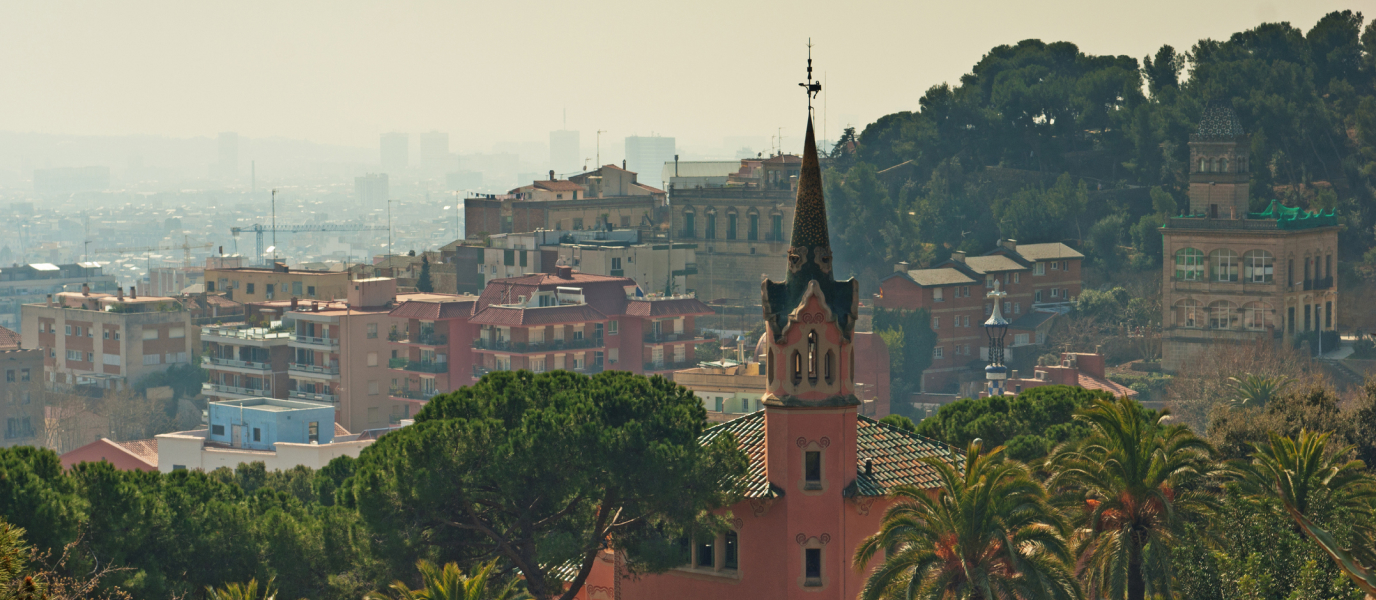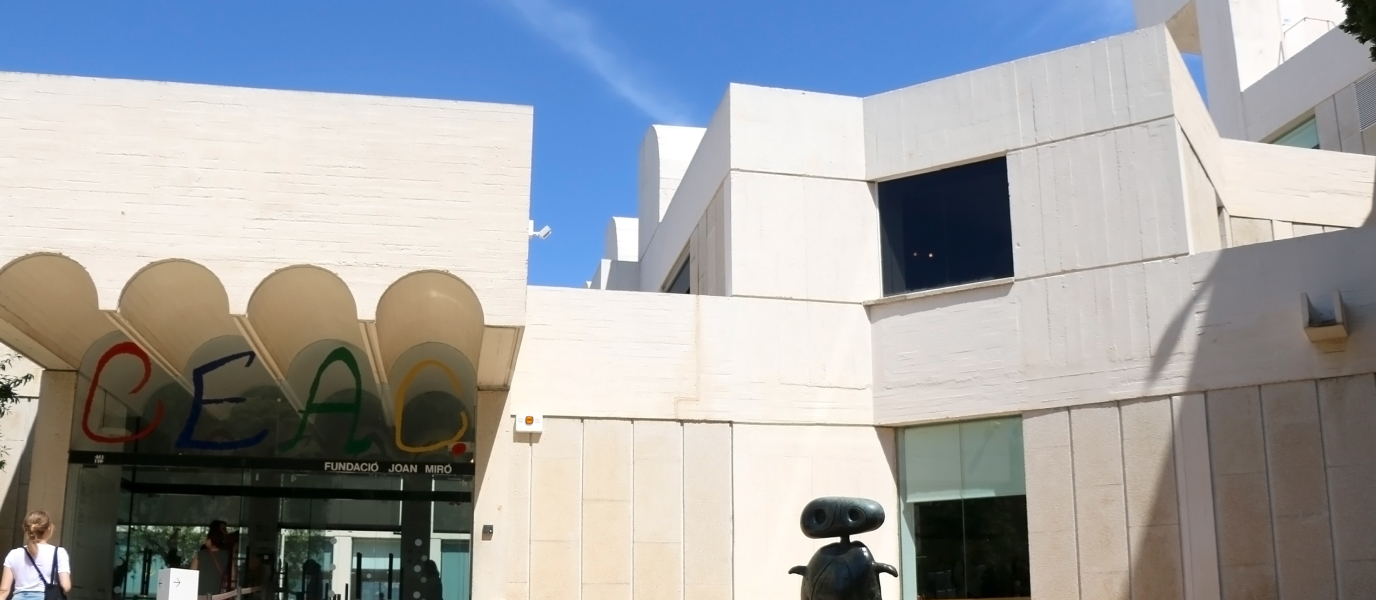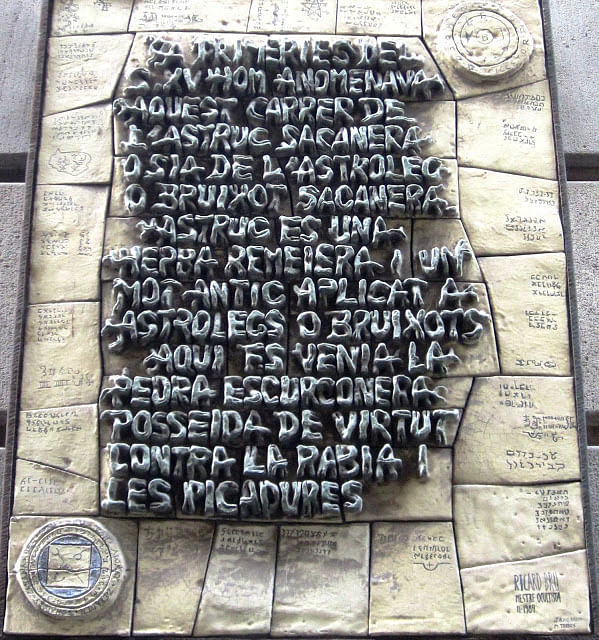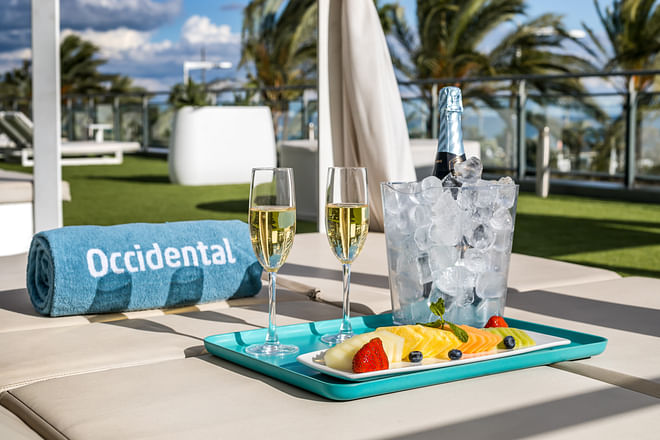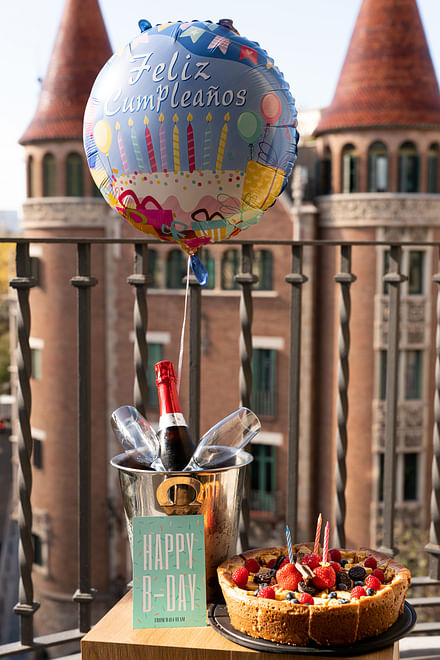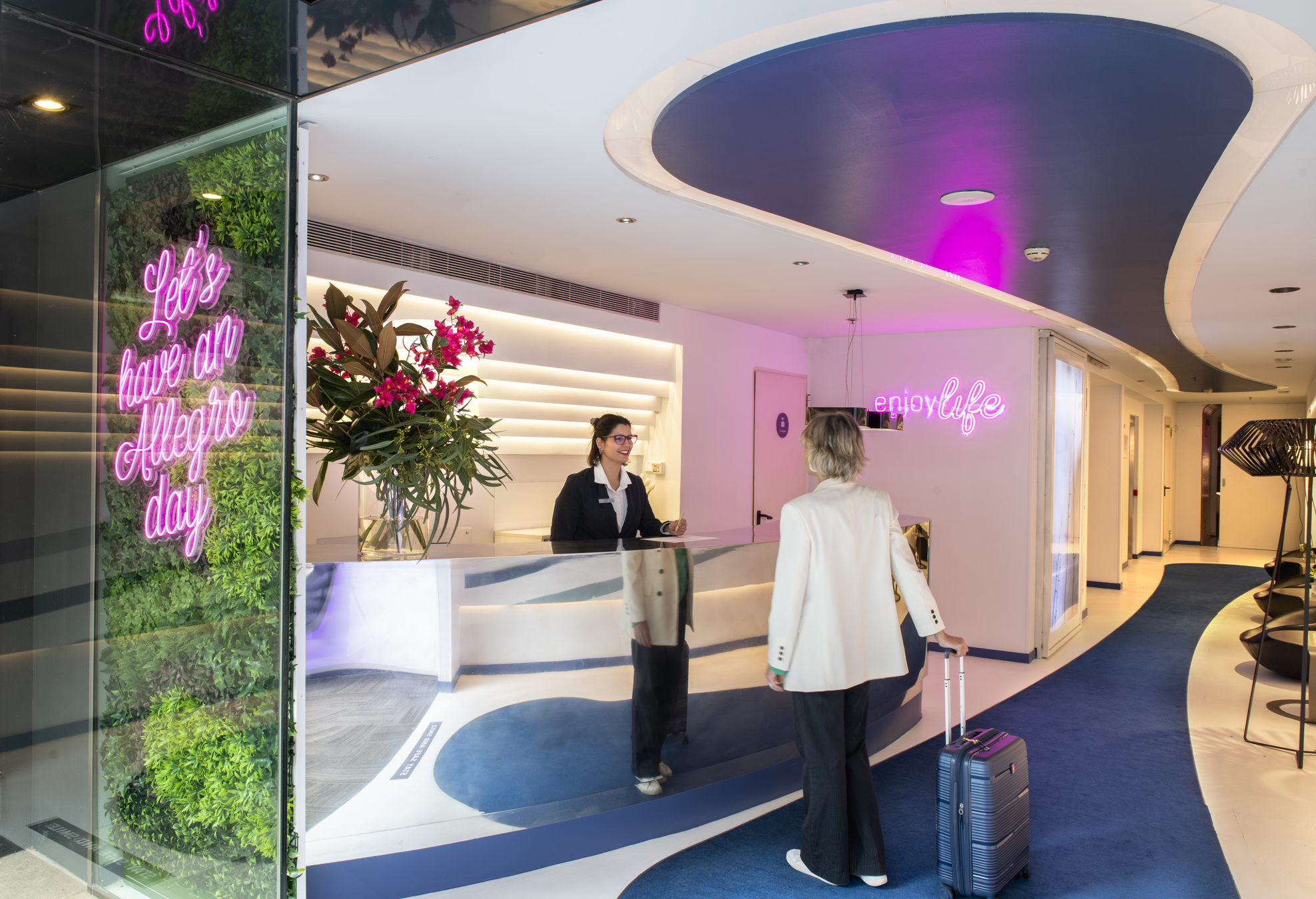Barcelona is a city replete with contrasts. Visitors can stroll through its narrow alleyways in El Born, the Gothic Quarter or El Raval—where the sun’s rays scarcely penetrate—to then discover, after crossing Ronda de la Universitat, how the wide avenues designed by Ildefons Cerdà unfurl majestically with their chamfered corners and Modernist buildings. Diagonal divides Eixample’s grid system in half, and from it the streets gradually begin to climb up towards the mountains, revealing neighbourhoods such as Gràcia—with its small houses and big personality—El Guinardó, Carmel and Horta.
Barcelona is each and every one of these images and much more: the Collserola mountains and Montjuïc hill, the Besós and Llobregat rivers, Poblenou and Poble Sec and so on. However, if it has one feature that best represents the evolution of the Catalan capital, it is without a doubt the Mediterranean. And in order to learn, first-hand, about Barcelona’s relationship with the sea, you will need to make for the Museu Marítim [Maritime Museum].
The Royal Shipyards: an extraordinary building which houses Barcelona’s Maritime Museum
The Royal Shipyards edifice was built in the thirteenth century by order of Peter III the Great, as a place for building and restoring warships to serve the Aragonese crown. The core of the building was comprised of four towers and three sections of wall, although it later underwent several changes, the most notable being the one that took place in the sixteenth century when a large part of the complex was rebuilt. In fact, a substantial portion of what still stands today is the result of that transformation.
As a galley-producing factory—its original function—the institution was an important economic driver for the city, providing thousands of people with work. However, in the early nineteenth century, when production of galleys declined quite considerably, the building was assigned for military purposes.
The foundation of the Maritime Museum in Barcelona
The plan to create a maritime museum in Barcelona had been on the cards all the way back in 1918, although the outbreak of the Spanish Civil War was, up to a point, the decisive factor. Thus, in 1936 the Government of Catalonia confiscated the shipyards building and used it to house the collection of the Mediterranean Nautical Institute. The aim was to safeguard maritime heritage from possible damage due to the war. Once the war was over, the institution gradually began to expand its collection to become one of the most comprehensive maritime museums in the world.
What’s more, now is also the perfect time to visit it, as in 2019 it completed work to integrate part of the rest of the building into the museum—a project underway since 2013, which was begun just after the integral restoration project was finished (from 2009 to 2013).
What to see at the Maritime Museum
The museum’s collection brings together a whole host of pieces associated with the sea. Of particular note are the different models of boats, such as the impressive replica of the Royal Galley of John of Austria, as well as navigation instruments (astrolabes, telescopes, sundials and chronometers) and numerous prints, paintings and photographs that document the city’s historical connection with its port and beaches. The museum also boasts a comprehensive historical archive and a library composed of 28,000 volumes and 250 boat plans.
The Maritime Museum in Barcelona centres some of its efforts on purchasing and restoring old vessels, such as the Santa Eulàlia schooner, a typical western-Mediterranean boat that was acquired in 1997 at a public auction. You can visit this magnificent historic sailboat, provided that it isn’t traversing the seas of the Catalan coast.
Beyond its permanent collection and interesting temporary exhibitions, a visit to the Maritime Museum in Barcelona is also well worth it to discover a unique example of Catalan Gothic civic architecture. We particularly recommend stopping in the Sala Naus and contemplating the beautiful bright space replete with large stone arches and a wooden roof, which in the past opened up directly to the sea.
Furthermore, part of the only section that still stands of Barcelona’s medieval wall, as well as the Santa Madrona gateway (the only remaining gateway), is integrated into the Maritime Museum complex.
If you still need more reason to visit the Maritime Museum, look out for its gardens, which are another one of those wonderful, charming spots that are hidden all over the heart of the Catalan capital.




































































